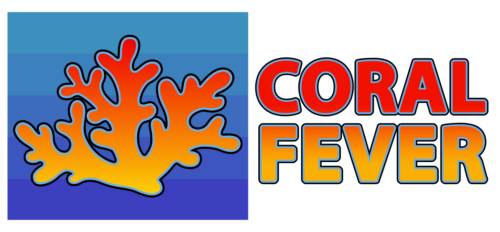Soft Corals are some of the most captivating and easygoing corals in tropical oceans.
With their soft, flexible bodies, these corals add natural movement to the reef, swaying gracefully in the currents. Unlike stony corals, soft corals don’t build a hard skeleton, allowing them to form flowing, plant-like shapes that resemble underwater gardens. Their shapes range from bushy branches to broad, fan-like structures, making them a unique addition to reef tanks.
Soft corals are hardy and adaptable, thriving in a variety of water conditions and requiring less intensive care than other corals. Because of their resilience, they’re especially popular among beginner reef keepers. These corals play an important role in the reef ecosystem, offering shelter to small fish and marine life, and adding a dynamic element to the tank.
Popular types: Sarcophyton (Leather Coral), Sinularia (Finger Coral), Capnella (Kenya Tree Coral), Cladiella (Colt Coral), and Gorgonia (Sea Fan)
What Do Soft Corals Look Like?
Soft corals bring a unique flow and texture to the reef with their flexible, fleshy bodies. Unlike stony corals, soft corals do not form a rigid skeleton, allowing them to sway in the water. This flexibility gives soft corals a life-like, plant-like appearance, with shapes that vary from bushy “trees” to wide, fan-like structures.
Each type of soft coral has its own distinctive look:
- Leather Corals have smooth or “bumpy” caps and often resemble underwater mushrooms.
- Branching Soft Corals like Kenya Tree and Finger Corals grow in tree-like shapes with multiple branches that gently move with the current.
- Sea Fans and Gorgonians spread into wide, intricate fan shapes that are as visually striking as they are functional, offering shelter to small fish and marine life.
The colors of soft corals are generally more subdued than SPS or LPS corals, with earthy tones like green, tan, and brown. However, some varieties have vibrant shades of purple, pink, and yellow, adding a touch of natural elegance to any reef tank.
What Do Soft Corals Eat?
Soft corals primarily rely on photosynthesis for their energy, thanks to a symbiotic relationship with zooxanthellae—tiny algae that live within their tissues. These algae use light to produce energy, which they share with the coral, providing most of the coral’s nutrition.
In addition to photosynthesis, soft corals can absorb dissolved organic nutrients directly from the surrounding water. Many soft corals can also capture microscopic plankton and other organic particles, especially in nutrient-rich environments.
In reef tanks, soft corals generally thrive with moderate lighting for photosynthesis and may benefit from occasional feeding with phytoplankton or liquid coral foods. They are quite adaptable and often do well in nutrient-rich setups, making them an ideal choice for lower-maintenance reef tanks.
In short, soft corals get most of their energy from light but also appreciate a nutrient-rich environment, which helps them grow and maintain their beautiful, flowing forms!
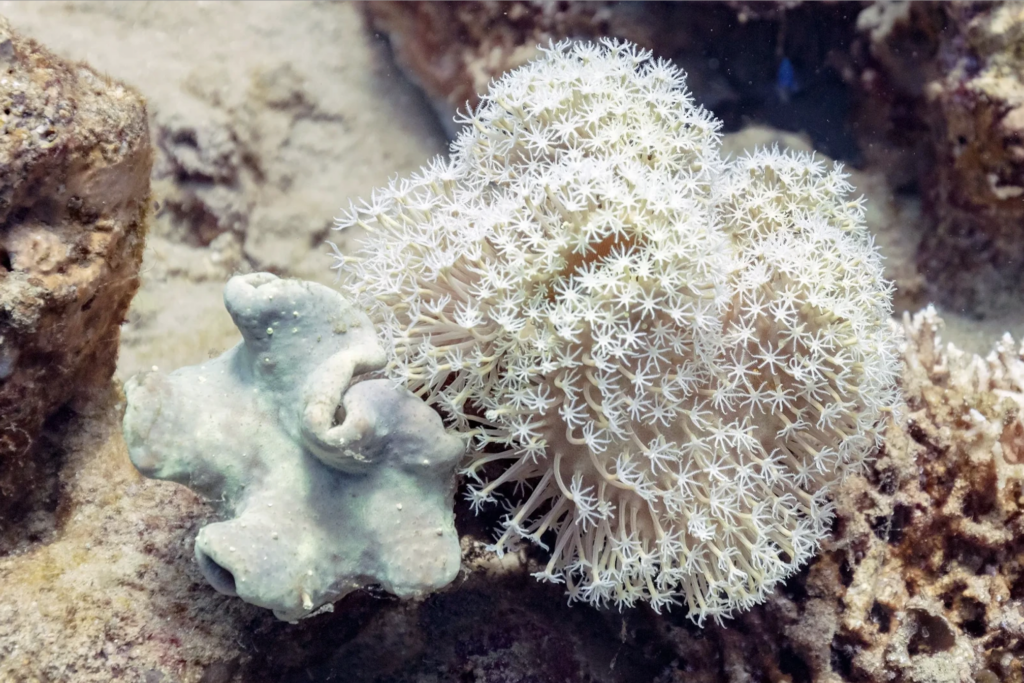
Sarcophyton Glaucum (Leather)
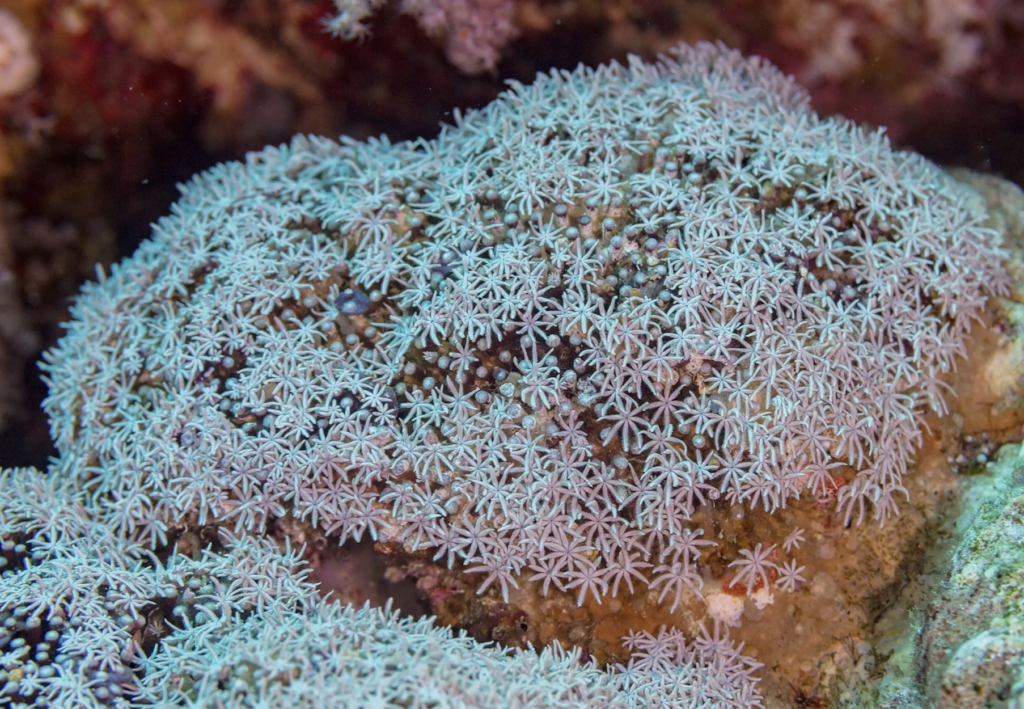
Tubipora musica (Pipe Organ)
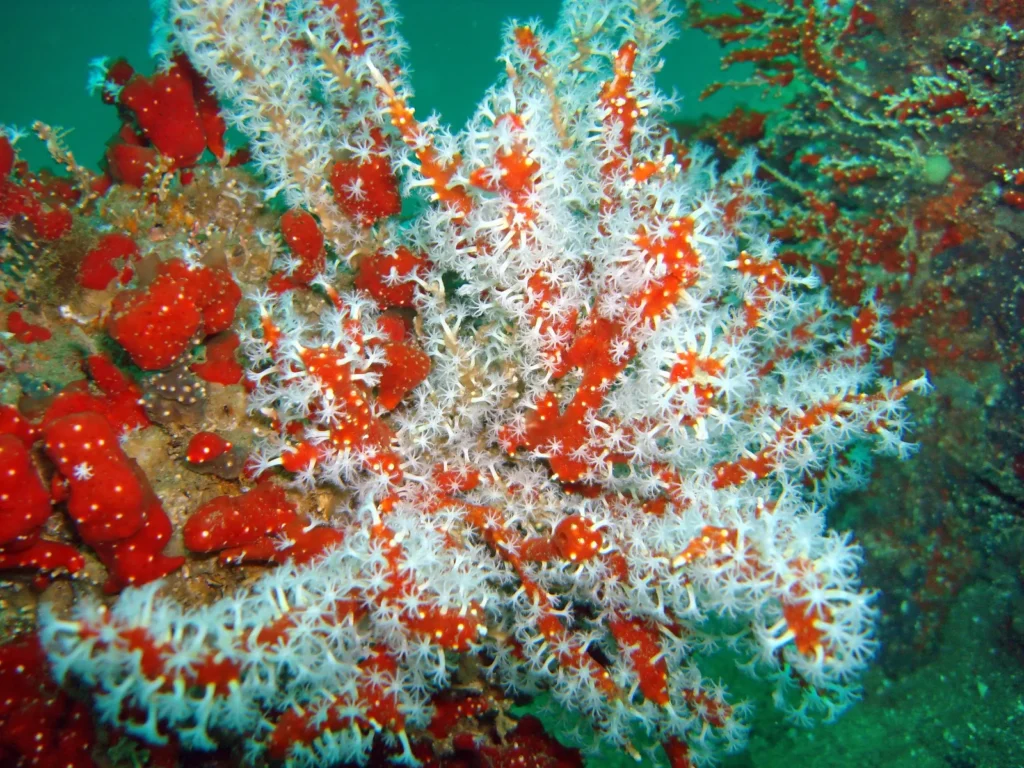
Alcyonium glomeratum
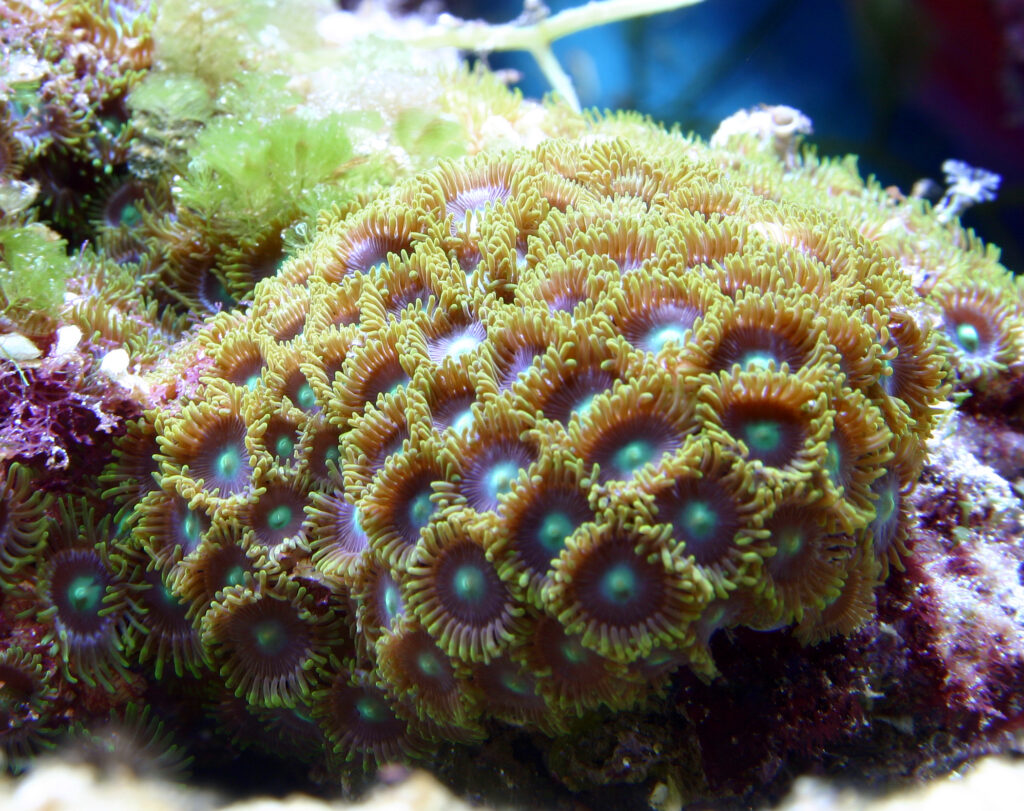
Zoanthid
